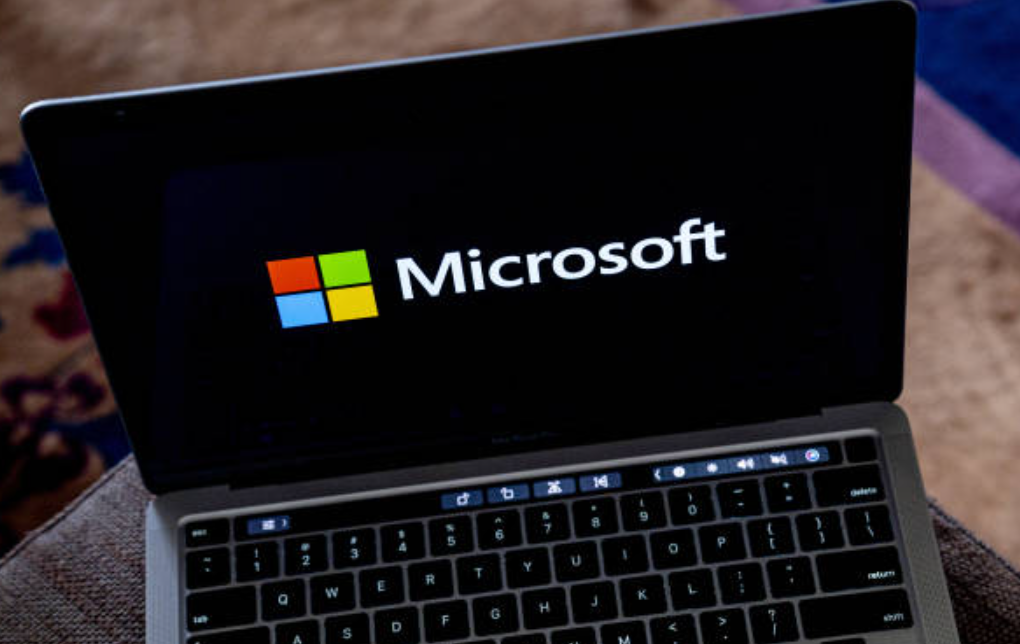Microsoft introduces the Copilot key to Windows 11 PCs, marking the first major keyboard change in almost 30 years and showcasing its dedication to AI innovation.
This strategic shift comes after Microsoft solidified its position in the AI realm with groundbreaking advancements, notably the GPT-powered AI chatbot assistant, Copilot.
The introduction of the Copilot key represents a transformative moment in Microsoft’s journey with Windows, aiming to establish Copilot as the entry point into the world of AI on personal computers.
Yusuf Mehdi, Microsoft CVP & Consumer CMO, highlighted the significance of this evolution, drawing parallels to the introduction of the Windows key that revolutionized user interaction with Windows almost 30 years ago.
When activated, the Copilot key seamlessly opens Copilot within the Windows experience, streamlining user access to Copilot’s extensive functionalities in their everyday PC workflows.
From adjusting settings to organizing windows, summarizing text, generating images, and beyond, Copilot on Windows 11 offers diverse task assistance from a single prompt.
Microsoft’s Showcase of AI at CES

Microsoft’s implementation of the Copilot key signifies the onset of what they dub the year of the AI PC.
Mehdi outlined Microsoft’s vision for a future where AI seamlessly integrates into Windows, spanning from the system to the silicon and hardware, transforming computing into a more personal and intelligent experience.
This strategic move aligns with Microsoft’s plans to roll out the Copilot key across a range of new Windows 11 PCs manufactured by Microsoft’s ecosystem partners and their upcoming Surface devices.
The company aims to showcase this transformative integration of AI during the Consumer Electronics Show (CES), underscoring its commitment to revolutionizing user experiences through AI-driven innovations.
The Copilot key’s introduction paves the way for an AI-driven evolution within Windows, symbolizing Microsoft’s resolute focus on redefining personal computing through intelligent and user-centric AI integration.


Comments are closed.